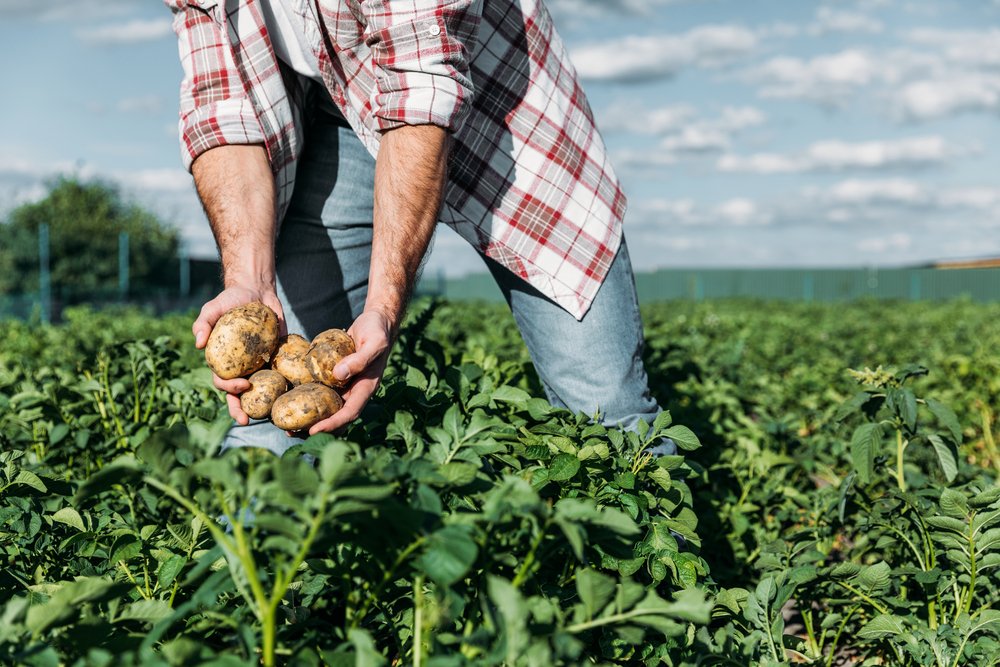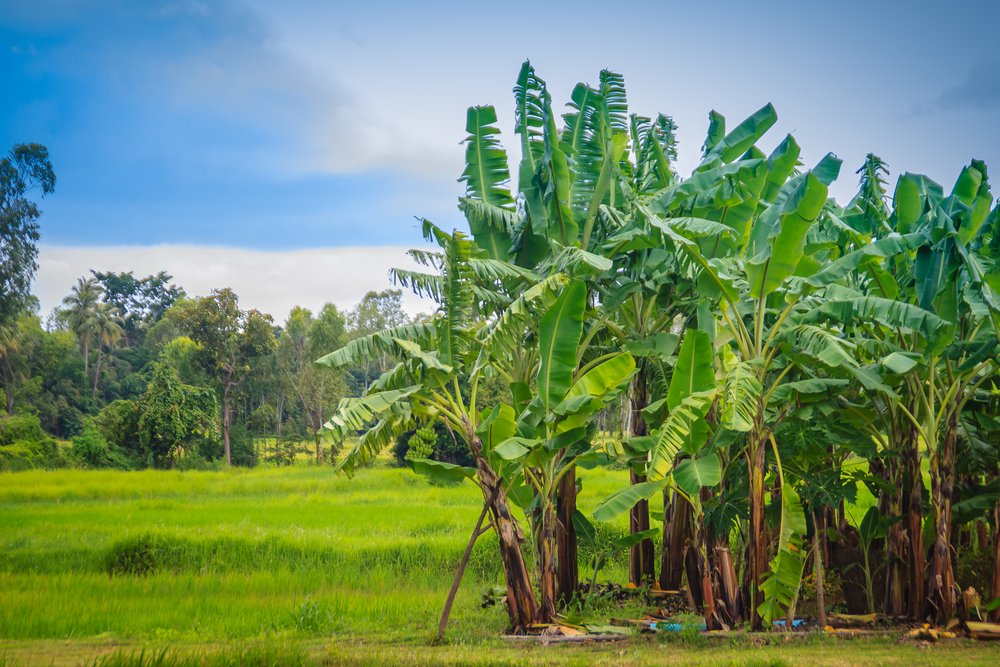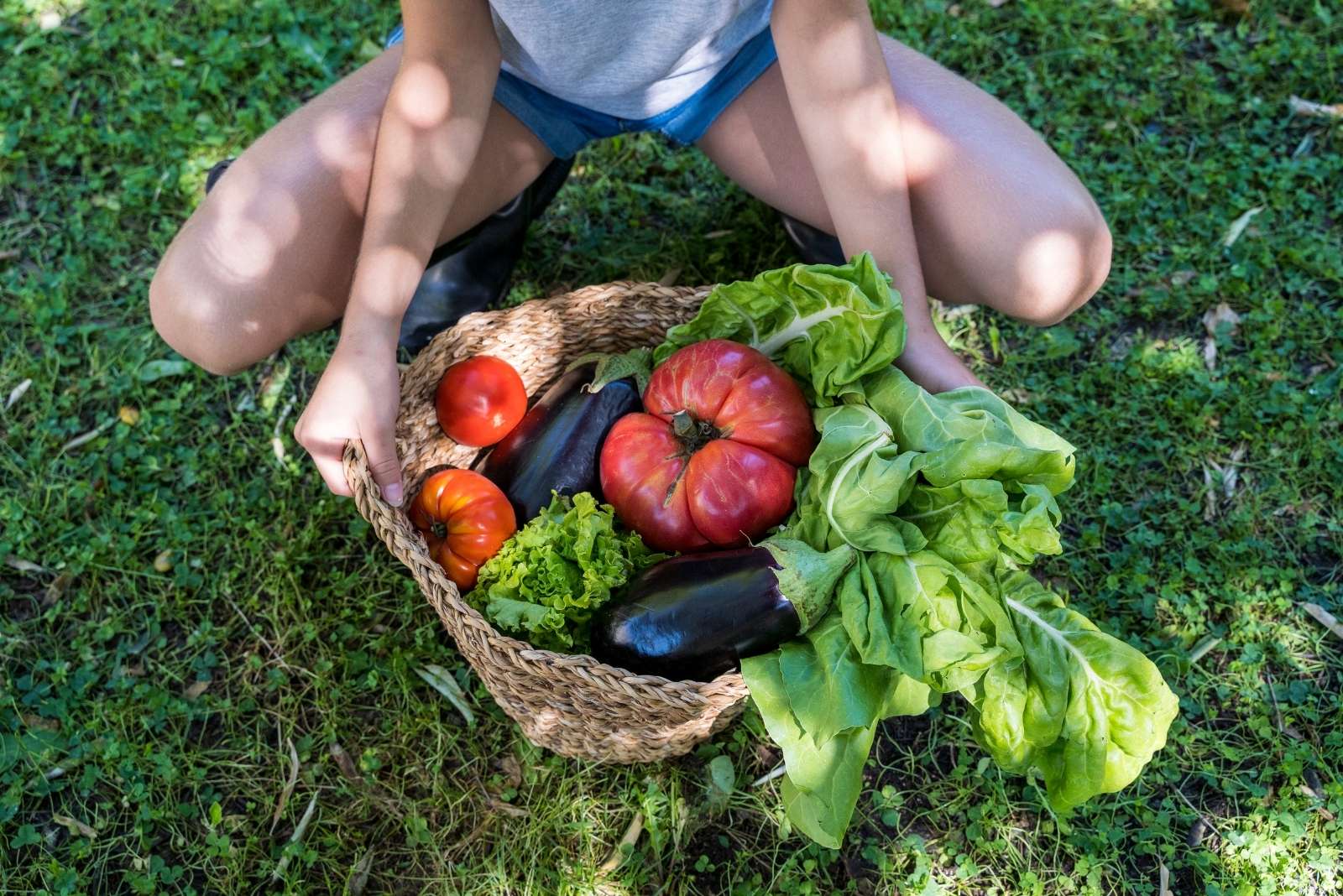“It is becoming more and more important these days since these tricky times – COVID-19 pandemic and global warming – many people have become conscious that they should cultivate their food,” says Robert Davis, the owner of Growfoodguide.com.
What is Organic Farming?
The USDA defines organic agriculture as “a production system that’s managed to react to site-specific conditions by integrating cultural, biological, and mechanical practices that creates an ecological balance, and conserve biodiversity.” More specifically, organic farming involves:
- Cover crops, green process, animal manures, and crop rotations to in-order to purify the soil, optimize biological activity, and keep longterm soil health.
- The use of biological control, crop rotations, and other strategies to manage weeds, insects, and diseases.
- An emphasis on the biodiversity of the agricultural system and the surrounding atmosphere.
- Using rotational grazing and mixed forage pastures for livestock operations and other healthcare for animal wellbeing.
- Reduction of external and off-farm inputs and removal of synthetic fertilizers and pesticides and other materials, like hormones and antibiotics.
- A focus on renewable sources, water and soil conservation, and management practices that restore, preserve, and enhance ecological balance.

Many organic farmers, such as Wende Elliott and Joe Rude of Colo, Iowa, see organic production as a way to work with the environment and take care of the ecosystem’s balance. “Natural systems work difficult in the event that you incorporate biodiversity in your operation rather than fighting it,” said Rude, who co-farms 125 acres of pastured poultry, hay, corn and alfalfa.
Taking the nature as a role model for the agricultural system — recycling the nutrients, encouraging natural insects to manage pests, increasing plant densities to block weeds — organic farmers do not simply substitute non-toxic materials for fertilizers and pesticides, but instead think about the farm as an incorporated entity, with all components interconnected.
When poultry and livestock are integrated into organic systems, the possibility of diversification and integration is much broader: Livestock feed on grasses and mixed forages, each of which helps improve soil structure. At exactly the same time, livestock offers manure to fertilize the soil and can “cull” any non-harvestable plants.
Elliott and Rude, such as many organic farmers, would like to boost food free of antibiotics, hormones, and pesticides. For several decades, organic manufacturers and proponents have claimed that organic farming is more friendly for the environment. Many researches confirm this, among them:
The Sustainable Agriculture Farming Systems (SAFS) project at the University of California-Davis, a 12-year research station experiment is comparing organic and conventional systems, demonstrated water infiltration rates to be 50 percent greater in the organic structure.
The project, which was supported by a grant from USDA’s Sustainable Agriculture Research and Education (SARE) program, also revealed that the organic system had one-third of the water movement’s quantity into surface and groundwater as the traditional system. The organic system was more effective at storing nitrogen and had favorable impacts on soil quality, including high biological activity and a doubling of organic matter in a decade.
An organic cropping system consumed three to four times less energy than a conventional design, while also generating six times more biomass per unit of energy absorbed at a South Dakota State University comparative trial in the Northeast Research Station near Watertown.
A SARE-funded study assessing pesticide and nutrient loads in subsurface drainage on conventional and organic farms in Illinois found less harming materials such as nitrate, chloride, and atrazine from the natural fields.
More recent research also indicates that organic farming methods can be both practical and economically competitive with conventional methods, and in some instances, more resilient. Consider that:
A study comparing long-term established organic and traditional tomato farms in California’s Central Valley found similar yields.
An article printed in the Organic Farming Research Foundation Bulletin reviewing data from 7 universities and 2 research station experiments verified that organic corn, soybean, and wheat yielded, on average, 95 percent of traditional.
Several studies have demonstrated that organic systems perform better than traditional ones under drought conditions.

What is Organic Farming, and Why is it Important?
Organic farming is agriculture that makes healthy food, healthy soils, healthy plants, and healthful environments a priority and crop productivity. Organic farmers utilize biological fertilizer inputs and management practices such as cover cropping and crop rotation to improve soil quality and build organic soil.
By increasing the amount of organic matter in the soil, organic farmers improve the soil’s capacity to absorb water, reducing the consequences of flooding and drought. Improving soil organic matter also helps to absorb and store carbon and other nutrients will need to grow healthy crops, which can better withstand insects and diseases.
Organic production systems don’t use genetically modified (GM) seed, synthetic pesticides, or fertilizers. Some of the vital characteristics of organic systems include design and implementation of an organic system plan which describes the practices used in producing crops and livestock products; a comprehensive recordkeeping system which monitors all products from the area to point of sale; and maintenance of buffer zones to prevent accidental contamination by artificial farm chemicals from adjacent traditional fields.
What Makes a Successful Organic Farmer?
The old picture of an organic farmer as a little “back-to-the-land” kind is long gone. Some organic operations are so powerful they have been gobbled up by big multinationals like Kraft and General Mills, which have recognized the significant market potential for organic products. Other organic farmers have organized into successful cooperatives. The biggest organic cooperative in the nation, Organic Valley, has over 500 organic farmer-members across 13 countries and successfully markets organic dairy products, beef, poultry, and pork.
According to USDA’s Economic Research Service, a driving force to convert to organic production is economical. Organic plants can bring a price premium of anywhere from 25 percent to 200 percent over conventionally grown products.
But most organic farmers produce crops and livestock because they consider their methods are better for the environment. Many seek a safer food supply. “The primary motivation for us going organic is outside of a specific stewardship ethic toward the soil, the ground, and finally, for humanity,” said Altfrid Krusenbaum, a Wisconsin farmer who started the transition to organic corn, soybeans, wheat, and alfalfa in 1990. Krusenbaum was profiled at the University of Wisconsin’s College of Agriculture and Life Sciences Quarterly.
In actuality, switching to organic farming needs a significant philosophical shift. Said Joe Rude, an Iowa poultry and crop farmer, “It is about trying to have the ecological system working and harmonious with it, instead of overriding it.” Farmers who turn to organic farming only to capture market premiums often fail as it doesn’t mean simply substituting one kind of inputs to another, like replacing a pest control using Bacillus thuringiensis or applying organic fertilizers instead of synthetic ones.
When determining if organic farming might be right for you, consider the list of characteristics shared by successful organic farmers:
- A commitment to safer food supply and security of the environment Patience and excellent observation skills An understanding of environmental systems Great marketing skills and motivation to spend some time searching for markets. A willingness to share with others stories of successes and failures and to learn from other people (information networks tend to be underdeveloped for organic farmers).
- Flexibility and eagerness to experiment with new strategies and practices (adapted from a North Dakota Extension book written by Brummond.)
This is a Contributor Post. Opinions expressed here are opinions of the Contributor. Influencive does not endorse or review brands mentioned; does not and cannot investigate relationships with brands, products, and people mentioned and is up to the Contributor to disclose. Contributors, amongst other accounts and articles may be professional fee-based.

